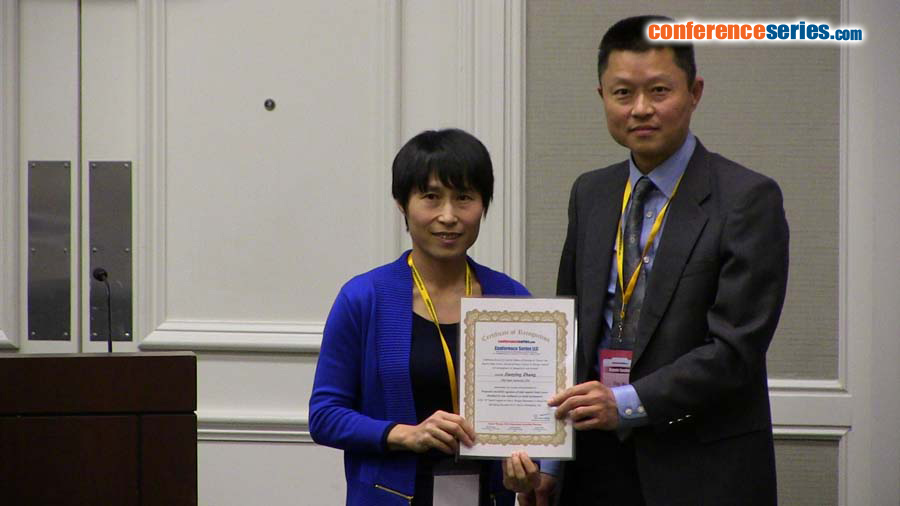Jianying Zhang
Ohio State University, USA
Title: Prognostic microRNA signature of triple-negative breast cancer identified by cross-validated Cox model development
Biography
Biography: Jianying Zhang
Abstract
Cox regression models have been used for prognostic prediction based on omics data for years. But due to model over-fitting and the improper way of model development and various other factors, very few published prognostic signature has found its clinical success in applications. This study illustrated how an improper model develop or testing procedure could mislead the result and applied the proper cross-validated (CV) Cox model building and testing procedure to identify a prognostic microRNA signature based on 159 triple negative breast cancer (TNBC) patients. In each CV procedure (K-fold), the full data was split into train data and test data first. Then four steps were followed: feature selection, model selection, addition of significant clinical covariates, and model performance assessment. For each of the four steps, various methods were compared. For example, univariate cox model or recurrence vs recurrence-free comparison was applied to feature selection. Stepwise and penalized Cox model were used for model selection for the training data. Model performance was assessed on the test data by AUC of 3-year or 5-year recurrence and ROC calculated using the time-dependent ROC method. The final proposed penalized Cox model contained 6 miRs: miR-146b-5p, miR-363, miR-99a, miR-590-3p, miR-1280, and miR-1294 that attained a mean AUC of 0.736 for the 5-year recurrence of the test data from 100 runs of 5-fold cross-validated penalized Cox model building and testing. When the pathologic binary variable NODES (1 if 1+ positive nodes) were added to the 6-miR model, the mean AUC for test data was increased to 0.752. Permutation method was used to show if the AUC of the final 7-term model was significantly greater than 0.5. Enrichment analysis and literature further verified the association between most of the proposed miRs and TNBC recurrence or metastasis. Independent validation of the miRs will be discussed.
Speaker Presentations
Speaker PPTs Click Here



